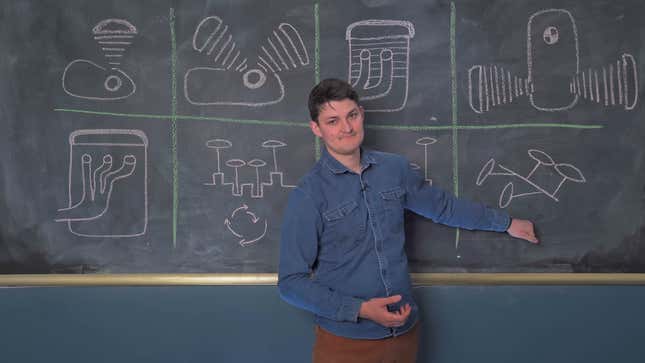
When it comes to cars, the differences between engine layouts are pretty simple. Unless you’re buying a Subaru or Porsche, you’ve got your inlines and your Vs, all with a cylinder count that really matters less than their displacement. But in cars, you’re isolated — thousands of pounds of metal and rubber insulate you from the engine, making the differences between them less noticeable from the drivers seat.
Motorcyclists don’t have that luxury. On a bike you’re directly atop the engine, feeling its clattering and vibrations through your feet, seat, and hands. Differences in power delivery, in rev-happiness, are all amplified. But for newbies, purchasing their first bike, navigating all the various engine layouts and cylinder counts of the motorcycling world can be a struggle. Luckily, RyanF9 is here to help.
In case you missed it:
- Man Finds Out the Hard Way That There Are Limits to Southwest’s ‘Sit Wherever You Want’ Policy
- The Worst Current Automotive Design Trends, According to You
- These Are Your Worst Parking Stories
FortNine produces some of the best-written, most educational motorcycling content on the internet, and today they’ve turned to the myriad motorcycle engine layouts. What differentiates the feel of an inline two-cylinder from a V-twin? Do triples feel more like two-cylinders or fours? Why are BMW engines so wide?
These questions, and more, are all explained in 15 short minutes. While the video doesn’t quite cover every engine type (inline twins are limited to only 180-degree cranks; the popular 270-degree option only gets a brief mention) it’s a useful enough guide for those in the market for their next bike. Or, if you aren’t in the market, this video might be enough motivation to get you shopping. After all, those inline-sixes do sound good.